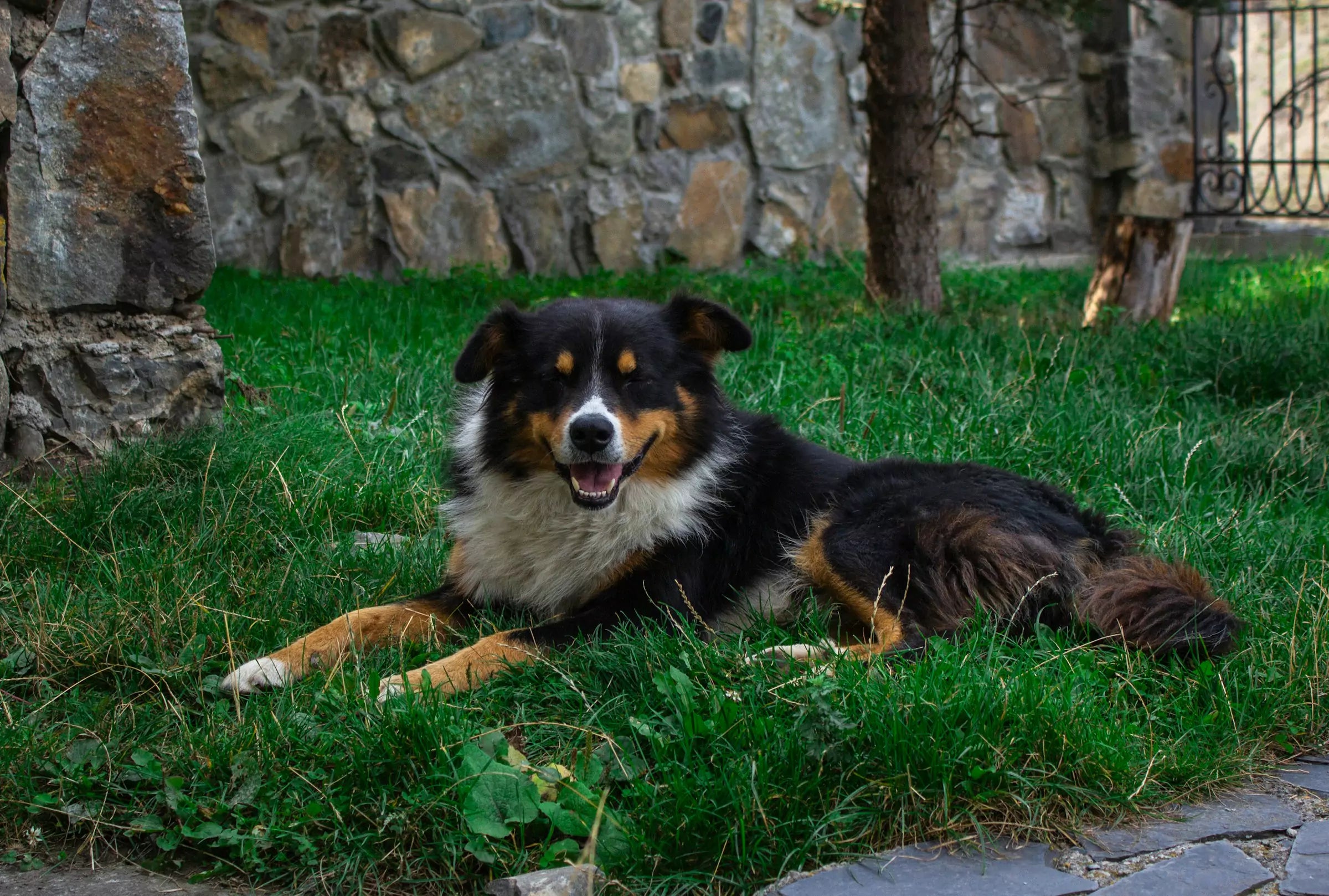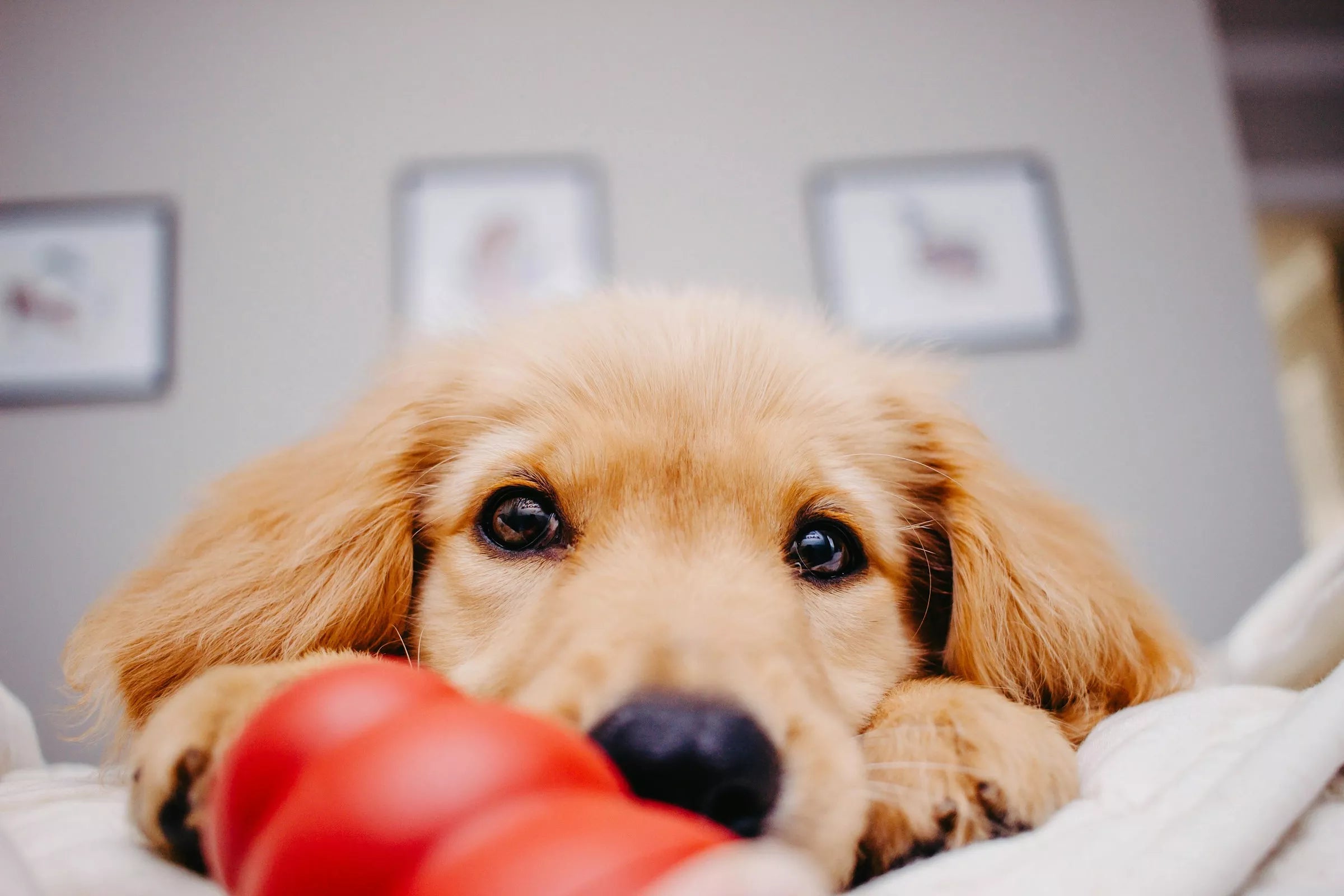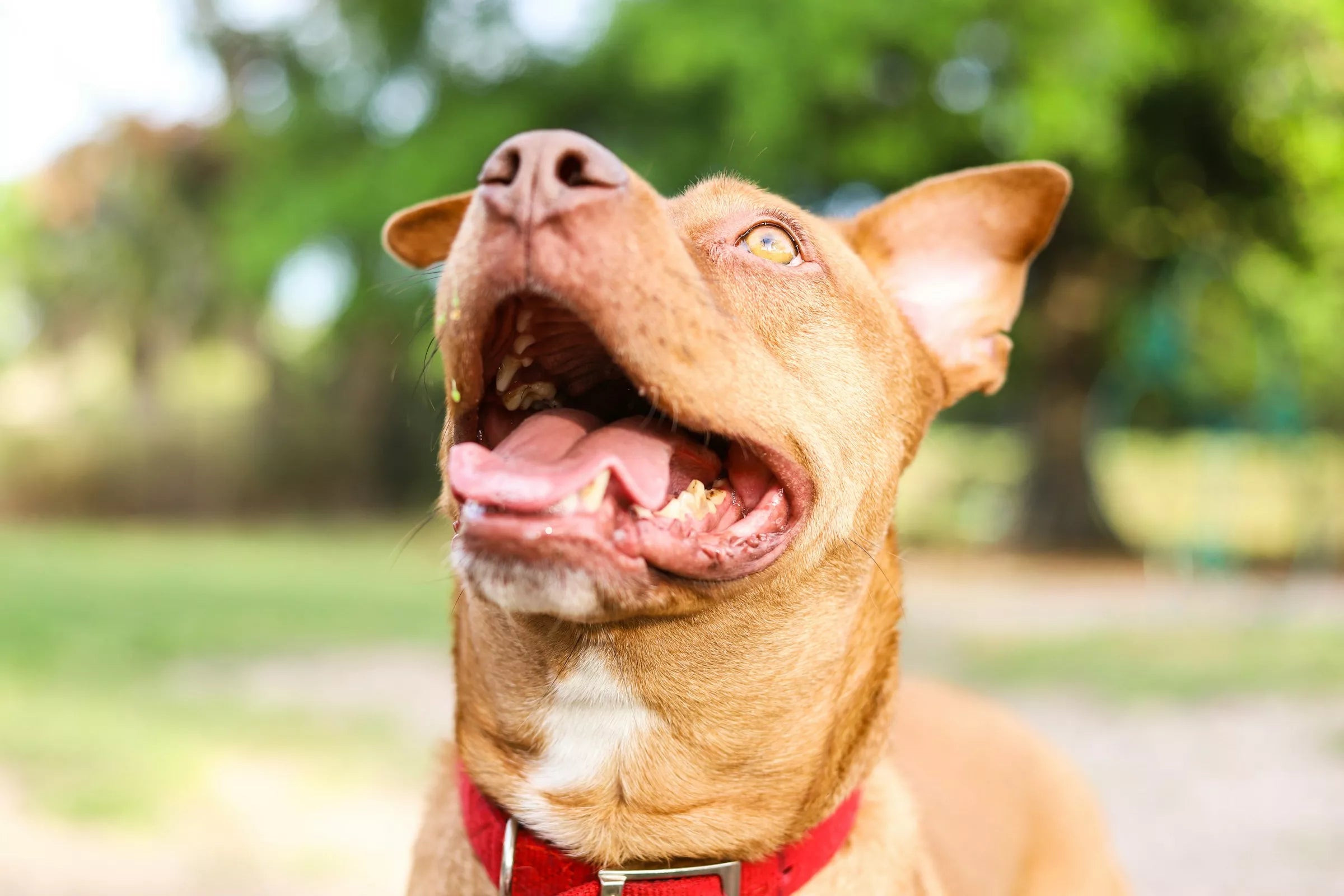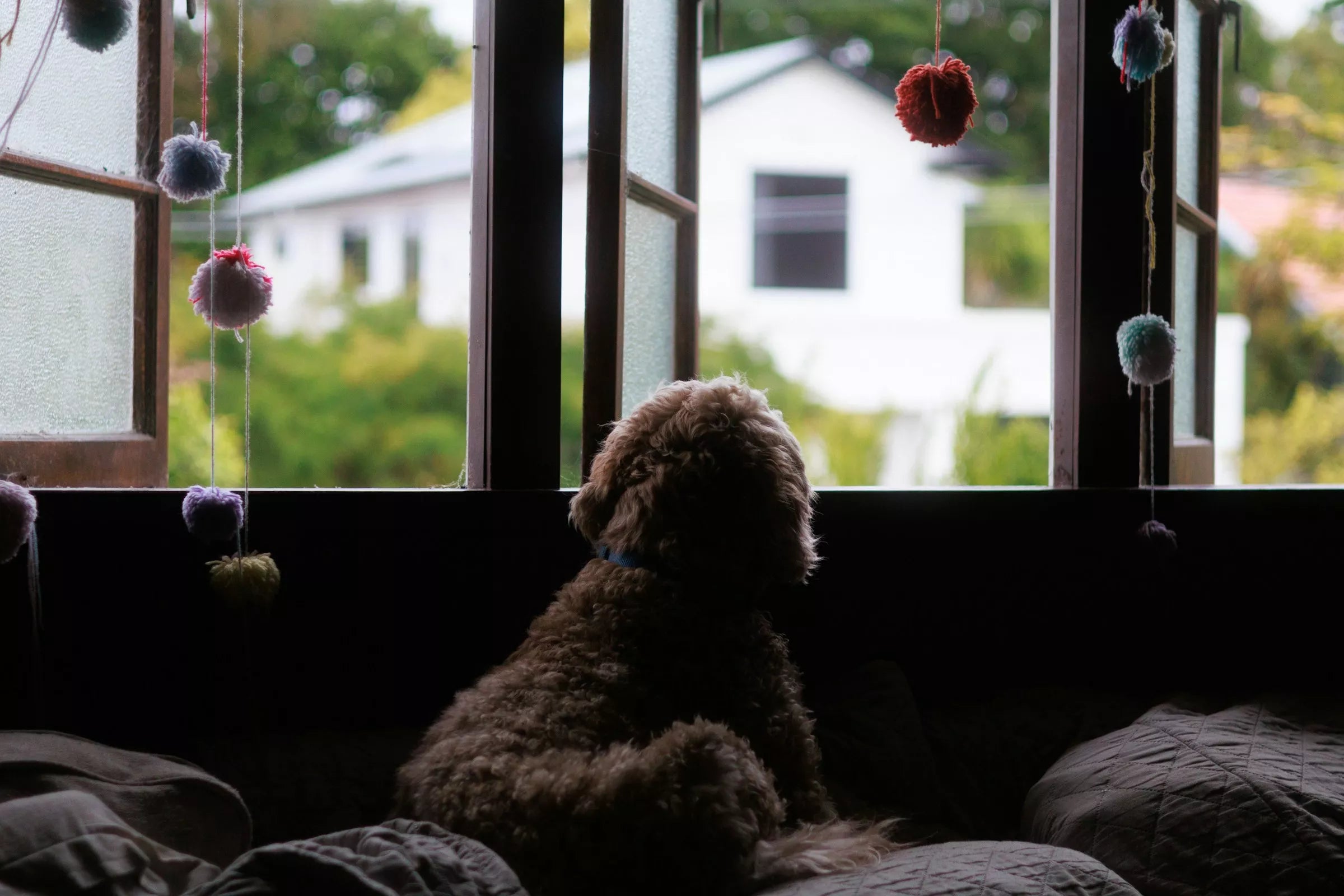How Can I Make My Backyard Safe for My Dog?
As a dog parent, your furry friend's safety is always a top priority. Ensuring your backyard is a safe haven for your dog involves a few key steps, but it's completely doable. Let's dive into how you can create a backyard that is both fun and secure for your beloved pooch.
Understanding Your Dog's Needs
Every dog is unique, so consider your dog's size, breed, activity level, and personality when planning your backyard.
Size and Breed Considerations: Larger breeds might need more space to roam, while smaller breeds could be more prone to escaping through small gaps.
Activity Level and Personality: High-energy dogs need plenty of space and stimulation, whereas more laid-back pups might just need a cozy spot to lounge.
Securing the Perimeter
First things first: make sure your yard is escape-proof.
Fencing Options: Choose a fence that's appropriate for your dog's size and jumping ability. Wood, vinyl, and chain-link are all good options.
Checking for Gaps and Weak Spots: Regularly inspect your fence for any gaps or weak spots. Dogs can be surprisingly crafty when it comes to finding escape routes.
Installing Gates: Ensure all gates are secure and have locks that your dog can't easily figure out.
Choosing Dog-Friendly Plants
Not all plants are safe for dogs. Some can be toxic and should be avoided.
Avoiding Toxic Plants: Common toxic plants include azaleas, lilies, and oleander. It's best to avoid these entirely.
Recommended Safe Plants: Opt for dog-safe plants like marigolds, snapdragons, and sunflowers. They're beautiful and safe for your pup to sniff and explore.
Safe Landscaping Materials
Choose materials that won't harm your dog's paws or health.
Pet-Friendly Mulch and Ground Covers: Avoid cocoa mulch as it's toxic to dogs. Instead, use cedar or pine mulch, which are safer options.
Avoiding Sharp Objects and Hazardous Materials: Steer clear of sharp rocks or materials that could cause injuries. Ensure your yard is free from any discarded nails, screws, or other sharp objects.
Providing Shade and Shelter
Just like us, dogs need a break from the sun and a place to retreat when it gets too hot or rainy.
Creating Shaded Areas: Plant trees or install shade sails to create cool spots.
Building or Buying a Doghouse: A sturdy, well-ventilated doghouse can provide a great shelter for your dog.
Creating a Play Area
Make your backyard a fun place for your dog to play.

Safe Toys and Structures: Provide durable, safe toys that are appropriate for your dog's size. Avoid toys that can be easily swallowed or have small parts that can break off.
DIY Play Equipment Ideas: Consider building a DIY agility course or a digging pit. Use materials like PVC pipes for jumps or sand for a safe digging area.
Water Safety
Dogs need access to fresh water at all times, especially when playing outside.
Safe Water Features: If you have a pool, ensure it's fenced off and that your dog knows how to exit the pool safely.
Providing Fresh Drinking Water: Always have a bowl of fresh, clean water available in the yard.
Pest Control
Keep your yard free from pests without harming your dog.
Natural Pest Repellents: Use natural repellents like diatomaceous earth or essential oils (like lavender and eucalyptus) that are safe for dogs.
Safe Pest Control Methods: Avoid using chemical pesticides. Instead, opt for pet-safe options or hire a professional who knows how to treat your yard safely.
Avoiding Hazards
Make your backyard a hazard-free zone.
Securing Chemicals and Tools: Store all garden chemicals, fertilizers, and tools out of your dog's reach. Lock them in a shed or garage.
Eliminating Potential Choking Hazards: Keep small objects, toys, or debris that could be a choking hazard out of the yard.
Installing Secure Fencing
A secure fence is crucial for keeping your dog safe.

Different Types of Fencing Materials: Wood, vinyl, chain-link, and invisible fences each have their pros and cons. Choose one that best suits your needs and your dog's behavior.
Pros and Cons of Each: Wood fences provide privacy but require maintenance, vinyl is durable but can be costly, chain-link is affordable but less attractive, and invisible fences require training but don’t obstruct views.
Training Your Dog for Backyard Safety
Training is key to ensuring your dog's safety outdoors.
Basic Commands for Outdoor Safety: Teach your dog commands like "stay," "come," and "leave it." These can be lifesavers in potentially dangerous situations.
Supervised Playtime: Always supervise your dog's outdoor playtime to intervene if any dangerous situations arise.
Regular Maintenance
Keep your backyard safe with regular upkeep.
Inspecting for Hazards Regularly: Make it a habit to walk around your yard and check for any new hazards, such as broken fence boards or sharp objects.
Seasonal Checks and Adjustments: Different seasons bring different challenges. In winter, watch for ice, and in summer, ensure there's plenty of shade and water.
Emergency Preparedness
Be prepared for any emergencies that might arise.
First Aid Kits: Have a pet-specific first aid kit handy with essentials like bandages, antiseptic, and tweezers.
Emergency Contacts: Keep your vet's contact information and a local emergency vet clinic's number easily accessible.
Conclusion
Creating a safe backyard for your dog involves a mix of preparation, vigilance, and regular maintenance. By securing the perimeter, choosing safe plants, providing shade and water, and staying on top of hazards, you can ensure your furry friend has a safe and enjoyable outdoor space.
FAQs
What are the best plants to have in my backyard for my dog?
Marigolds, snapdragons, and sunflowers are all safe options that won't harm your dog.
How can I prevent my dog from digging under the fence?
Bury chicken wire at the base of the fence or use rocks and pavers to discourage digging.
Are there any specific toys I should avoid?
Avoid toys with small parts that can break off and be swallowed. Opt for durable, dog-safe toys instead.
How often should I inspect my backyard for hazards?
It's a good idea to inspect your yard weekly and do a more thorough check with each season change.
What should I do if my dog eats a toxic plant?
Contact your vet immediately or call a pet poison helpline. Keep the plant or take a photo to help with identification.















Share:
How Do I Stop My Dog from Chewing on Furniture?
How to Keep Your Dog Cool This Summer